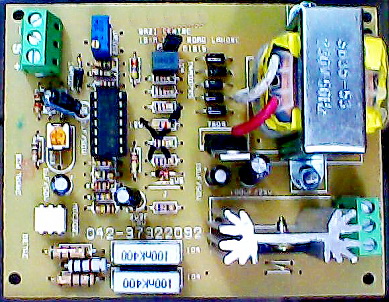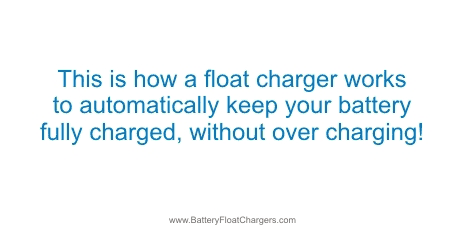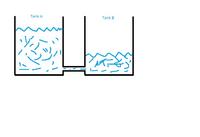Sajjadkhan
Full Member level 5
- Joined
- Sep 25, 2010
- Messages
- 307
- Helped
- 17
- Reputation
- 34
- Reaction score
- 16
- Trophy points
- 1,298
- Location
- Rawalpindi,Pakistan
- Activity points
- 4,199
Well ok, look if you want to learn something fresh and you have some crappy knowledge about it then you have to dump old ones and start from the beginning. If you are going to solve maths by Pakistani way, ever after 2 years you will be of nowhere. I prefer to Learn precalculus and then calculus, and study them using graphical approach and compare these phenomena with your daily life. just solving a question like a machine is no good.
back in university mt seniors made my mind that signals and systems is very difficult subject and i failed it 2 times. So it depends how you take any matter of life. Interest is the main key.
The 8051 book i recommended can be completed in 2 weeks or 1 months if u are lazy.
---------- Post added at 21:32 ---------- Previous post was at 21:29 ----------
To get more current for your supply you need external transistor with your regulator, the idea is given in Floyd's book in Regulator Chapter.
back in university mt seniors made my mind that signals and systems is very difficult subject and i failed it 2 times. So it depends how you take any matter of life. Interest is the main key.
The 8051 book i recommended can be completed in 2 weeks or 1 months if u are lazy.
---------- Post added at 21:32 ---------- Previous post was at 21:29 ----------
To get more current for your supply you need external transistor with your regulator, the idea is given in Floyd's book in Regulator Chapter.


